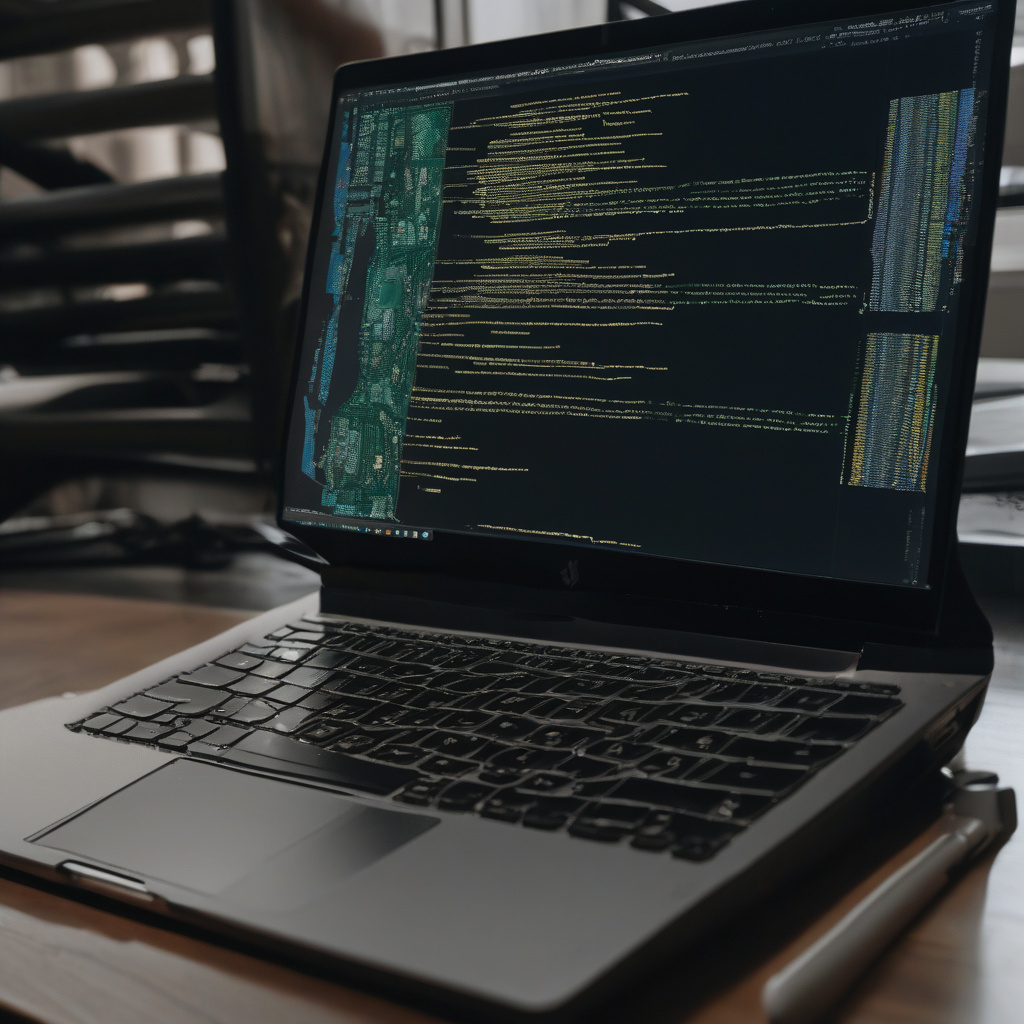Title: Mastering 5 Essential Error Handling Patterns in Python
Introduction:
Errors are an inevitable part of software development, but they don’t have to bring your app crashing down. In Python, the traditional try-except block is just the beginning when it comes to handling failures effectively. By mastering advanced error handling patterns, you can elevate your code to pro level and ensure smoother user experiences. Let’s delve into five crucial techniques that will help you tackle errors like a seasoned Python developer.
- Context Managers:
Context managers, implemented using the `with` statement, are a powerful tool for resource management and error handling. By defining a class with `__enter__` and `__exit__` methods, you can encapsulate the setup and teardown logic for resources. This ensures that resources are properly cleaned up, even in the presence of errors. Context managers are particularly useful when working with files, database connections, or network sockets.
- Decorators:
Decorators provide a clean and concise way to enhance the functionality of functions in Python. When it comes to error handling, decorators can be used to wrap functions with error-checking logic. For example, you can create a decorator that logs exceptions raised by a function or retries the function a certain number of times upon failure. Decorators offer a reusable and modular approach to error handling, promoting code maintainability and readability.
- Custom Exceptions:
While Python provides built-in exception types, defining custom exceptions can add clarity and specificity to your error-handling logic. By creating custom exception classes that inherit from Python’s base Exception class, you can communicate different types of errors within your application. This practice helps in distinguishing between expected and unexpected errors, enabling more targeted error recovery strategies.
- Error Logging:
Effective error handling involves not only catching and handling exceptions but also logging relevant information for debugging and monitoring purposes. Python’s logging module offers a robust framework for recording errors to various outputs, such as files, streams, or external services. By configuring different log levels and handlers, you can control the verbosity and destination of error messages, aiding in troubleshooting and performance analysis.
- Unit Testing for Exceptions:
Unit tests play a crucial role in ensuring the reliability and robustness of your codebase. When it comes to error handling, writing test cases that specifically target exception scenarios is essential. Python’s unittest framework provides assert methods for verifying exceptions raised by functions. By incorporating exception testing into your test suite, you can validate that your error-handling mechanisms behave as expected under different failure conditions.
Conclusion:
In the dynamic landscape of software development, mastering error handling is a critical skill that distinguishes novice programmers from seasoned professionals. By going beyond the basic try-except block and exploring advanced error handling patterns in Python, you can fortify your code against unexpected failures and deliver more resilient applications. Whether you leverage context managers for resource cleanup, decorators for enhanced functionality, custom exceptions for precise error signaling, error logging for diagnostic insights, or unit testing for exception validation, each technique contributes to a comprehensive error handling strategy. Stop letting errors crash your app—embrace these five Python patterns and handle failures like a pro!

